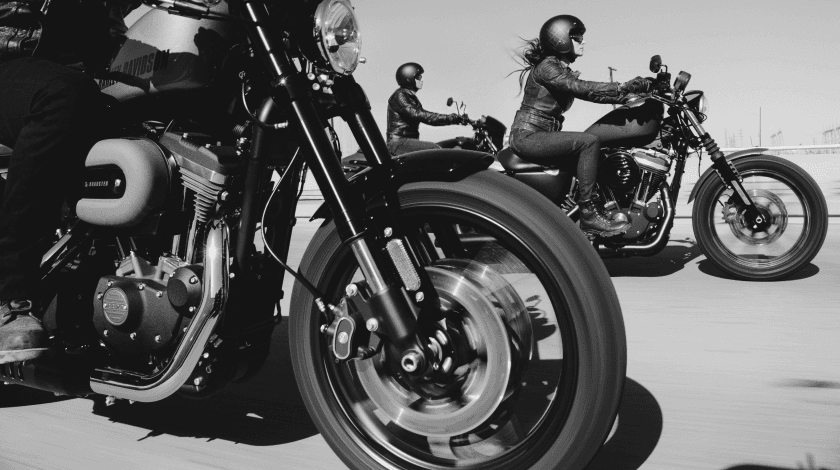1. Choose a Destination and Route
The first step in planning a group motorcycle ride is to select a destination that appeals to everyone in the group. Consider factors such as distance, riding time, and attractions. Once you have a destination in mind, plan a route that is both scenic and safe. Avoid heavily congested roads or those with challenging terrain, especially if you have inexperienced riders in the group.
2. Set Realistic Dates and Times
Consider the availability of all participants when choosing dates and times for your ride. Avoid peak travel periods and holidays, as these can lead to traffic congestion and higher accommodation costs. Plan for a ride that is manageable for most riders, with reasonable daily mileage and plenty of breaks.
3. Gather Rider Information and Preferences
Collect information from all riders, including their experience level, preferred riding style, and any dietary restrictions. This will help you plan appropriate routes, accommodations, and meal stops. Encourage open communication and address any concerns or preferences early on to ensure everyone feels comfortable and included.
4. Select Accommodations
Accommodations should be booked well in advance, especially if you're traveling during peak season or visiting popular destinations. Consider group discounts or package deals to make your accommodations more affordable. Choose hotels or motels that are motorcycle-friendly, with ample parking and secure storage for your bikes.
5. Plan Meals and Rest Stops
Plan your meal stops at regular intervals to avoid fatigue and hunger. Choose restaurants that are easily accessible from the road and offer a variety of options to accommodate different dietary needs. Allow ample time for rest stops to stretch legs, refuel, and regroup.
6. Establish Communication Protocols
Set clear communication protocols for the group. Determine how you will stay in touch while on the road, whether it's using hand signals, designated radio channels, or mobile phone apps. Establish hand signals for common maneuvers, such as turning, stopping, and slowing down.
7. Conduct a Pre-Ride Meeting
A pre-ride meeting is essential to ensure everyone is on the same page. Review the route, discuss any potential hazards, and reiterate safety guidelines. Go over hand signals, communication protocols, and emergency procedures. Encourage riders to ask questions and address any concerns.
8. Emphasize Safety
Safety should always be the top priority during a group motorcycle ride. Ensure all riders have proper safety gear, including helmets, gloves, jackets, and boots. Remind riders to ride within their limits, avoid risky maneuvers, and be aware of their surroundings. Encourage riders to take breaks when needed and avoid riding while fatigued.
9. Be Flexible and Adaptable
Things don't always go as planned, so be prepared to adapt to unforeseen circumstances. Allow for flexibility in your schedule in case of unexpected delays or changes in weather. Be open to suggestions and feedback from other riders, and make adjustments as needed to ensure everyone enjoys the ride.
10. Capture the Memories
Take photos and videos along the way to capture the memories of your group motorcycle ride. Share these moments with your fellow riders and create a lasting record of your adventure.
Remember, the goal of a group motorcycle ride is to have fun, create memories, and enjoy the camaraderie of fellow riders. By planning carefully, prioritizing safety, and being adaptable, you can ensure that your group motorcycle ride is a success.
